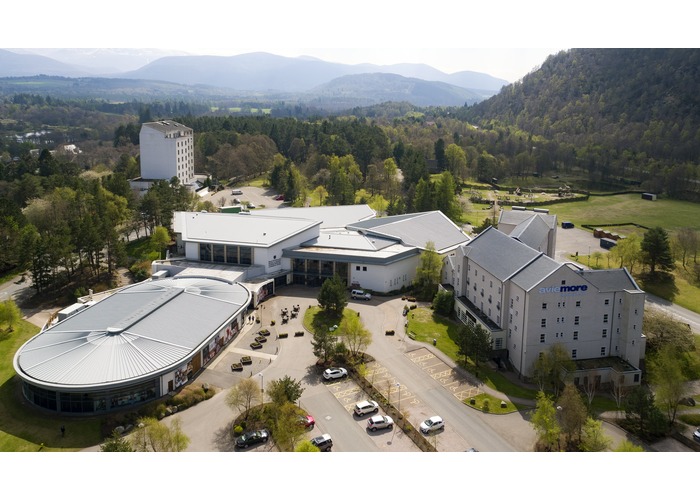THE latest research by Alliance Fund, the end-to-end real estate fund, has revealed that the nation’s property investors have benefitted substantially from the increasing value of new homes in the last decade, but with a potential market downturn looming, how can they safeguard against the uncertainty that lies ahead?
Alliance Fund analysed new-build property values over the last decade across the UK property market, as well as how the price of a new home compares to existing market stock.
The research shows that, even after adjusting for inflation, the average new-build property has increased by 22.1% in the last year, up 62.4% in the last decade.
The largest annual increase has been enjoyed across the South West, where new-build homes are now commanding 26.7% more than they were just a year ago. However, it’s the East of England that has seen the best new-build performance over the last 10 years, with the average new home commanding 82.6% more than it did in 2012 even after adjusting for inflation.
What’s more, while house prices have been increasing across the board, the research by Alliance Fund also shows that the price premium paid on new-build homes has also been increasing.
A decade ago, the average new-build commanded a 21.2% house price premium versus the average cost of an existing property. Today, this new-build house price premium sits at 37.3%, meaning the gap has widened by 16.1% between the new-build and existing market when it comes to the market price achieved.
In fact, the price gap between the new and existing market has increased by 11.6% in the last year alone, demonstrating the continued strength of the new-build sector even when the market as a whole is performing well.
But with many forecasting a turbulent time ahead for the UK property market, will the new-build sector be standing as firmly over the coming months and what does it mean for those investing in the nation’s new housing stock?
CEO of Alliance Fund, Iain Crawford, commented:
“With many mortgage lenders moving to reduce the level of products available to homebuyers, it certainly seems as though we’re seeing the first signs of a declining market and this is sure to dampen the high rates of house price growth seen across both the existing and new-build sectors.
For those investing in the delivery of new housing stock via the traditional model this is sure to come as quite a concern, as a reduction in buyer demand means less homes sold and those that do sell are likely to go for a lower market value.
This is the reality of operating in a cyclical market such as the new-build sector where property values are vulnerable to the wider economic landscape and can decline in uncertain times.
However, this is something we’ve looked to safeguard against at Alliance Fund, so that we aren’t adversely hit by a perceived deterioration in market health.
In a market where there are less buyers and more renters, we simply retain a larger proportion of our current portfolio and leverage it within the rental market. In doing so, we maintain a strong and consistent cash flow, avoid a hefty capital gains tax bill and we can access funds to redeem shareholders where needed.
This approach is not only more tax efficient, but in times of market instability we are also able to acquire at a lower cost. With rental values remaining robust, this also helps improve the yields we secure and the returns we can bring to our investors.
So while the current outlook may be a worrying one for many within the property investment bubble, there’s certainly no reason that a market downturn should cause said bubble to burst, as there are plenty of opportunities to pivot with the changing face of the property market.”










